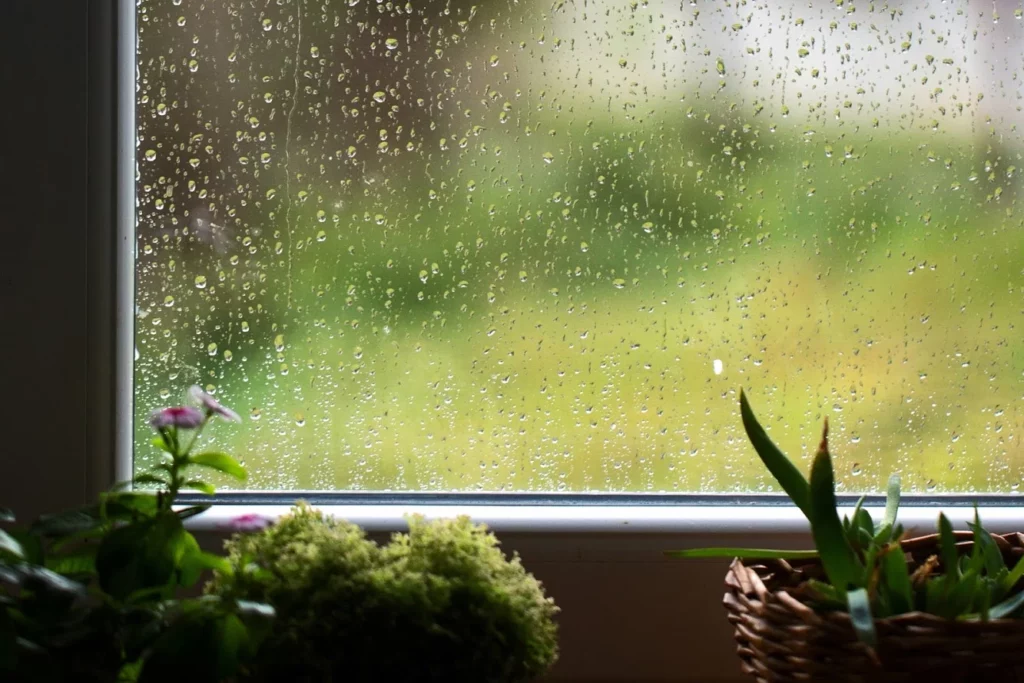When your windows approach the 20-year mark, you should start keeping a closer eye on them for signs that they need replacement. That is not to say your windows won’t last longer than this — many do. However, inspecting them every year or so ensures that signs of wear and damage do not go unnoticed. The following are the five primary questions you should answer when inspecting an aging window.
1. How Many Panes of Glass Does the Window Have?
Look closely at the window, and assess whether each sash has one or two panes of glass. In places like Wisconsin where winters are cold, double-pane windows are now considered standard. However, some older homes still have single-pane windows.
Single-pane windows are much less energy-efficient than double-pane windows. Heat travels very easily through a single pane of glass. Even if your single-pane windows are in decent shape, you may want to have them replaced with double-pane windows. Doing so could save you hundreds of dollars per year on energy.
2. Can You See Condensation Between the Glass?
A little moisture on the inside of a window is not abnormal, especially after a period of high humidity. But if you go to wipe the moisture away and realize it is trapped inside your double-pane glass, you have a problem. Condensation can only form between the glass once a double-pane window’s seals break and the window starts leaking. A leaky window is an inefficient window.
If the window is otherwise in good shape, you may be able to have the leaky glass pane replaced. However, condensation and leaks are usually due to deteriorating window sash material, which makes replacing the window the smarter choice.
3. Can You See Mold or Rot on the Sash or Frame?
With older wooden windows, rotting sashes and frames are the primary concern. Look closely at each sash and frame, making note of any areas where the wood appears chipped, soft, or discolored.
Even if the window is still stable in the moldy or rotten frame, mold presents a health hazard. Plus, mold and rot indicate that moisture is entering through the windows. Fail to replace such windows, and you could end up with water damage to the floor and walls before long.
4. Does the Window Pass the Incense Test?
Air leaks can occur without causing condensation buildup and without distinct mold or rot. The incense test is an easy way to assess whether a window is leaking.
Start by closing all doors and windows in your home. Also, turn off the heat and any fans to ensure there is as little air movement inside the home as possible. Light a stick of incense, and slowly pass it along the borders of your window glass. If the streak of smoke coming from the incense waivers, you have a leak.
5. Does the Window Open, Close, and Lock Easily?
Sometimes a window may look fine, but when you try to operate it, you realize that it does not open, close, or lock properly. If you cannot get a window to close properly, not only will it leak, but it will also present a security risk.
If your windows are newer or are in otherwise good condition, they may just need a few adjustments, lubrication, or a simple repair to get them functioning well again. However, with older windows, poor operation is often a sign of deterioration or warping of the sash material.
If the results of your window inspection suggest your windows are on their last legs, contact Pella. We offer wood, fiberglass, and vinyl windows that will save you energy and look great in your home.















